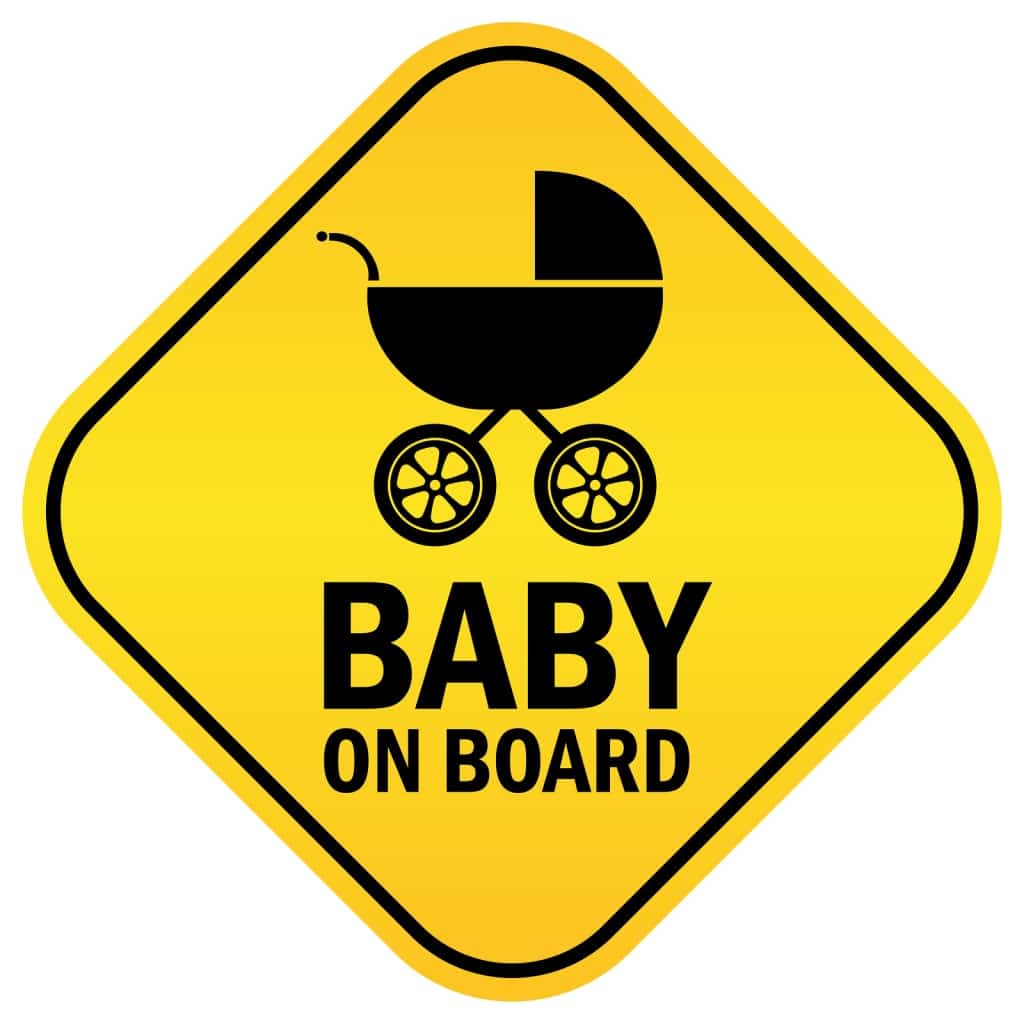
It is an accepted fact that cars are extremely dangerous places for both drivers and passengers. Over the years there have been a number of campaigns to get drivers and passengers to take more responsibility for their safety, including government drives to get people wearing their seat belts. However, most of the safety systems in cars are designed with adult users in mind, even though a large percentage of car owners also drive their children around. What can we do to make our vehicles safer for the younger generations?
Table of contents:
- Child Safety Seat Statistics
- Purchasing Child Safety Seats
- Rear Facing Child Safety Seats
- Forward Facing
- Adult Seatbelts and Booster Seats?
- Can Children Sit In The Front Seat?
- Leaving Children In The Car
- More Careful Driving
- A Final Point
Child Safety Seat Statistics
According to American statistics, child safety seats reduce the number of fatal accidents by 74% for infants and by 54% for toddlers. UK statistics paint a similar picture – it is estimated that around 451 young lives were saved in 2004 by the use of safety seats, with 413 incidences attributed to the use of specially designed child carrying systems and 38 attributed to the use of adult seat belts. It is believed that around 6 out of every 10 children fatally injured in a car accident are completely unrestrained. Needless to say no passenger, child or otherwise, should be travelling unrestrained by some kind of seat belt in a car in this day and age, however by choosing the right kind of seat you can reduce the chances of injury and death to a child significantly.
Purchasing Child Safety Seats
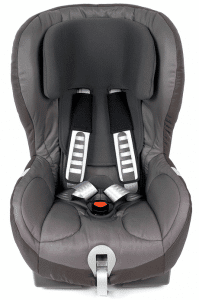
When purchasing a child’s safety seat it is important to always purchase a new unit. Even second hand seats from trusted sources may have been damaged or fatigued over the years, and may have faults in them that will only be exposed during a car crash – the time when it’s most vital that the seat performs its safety function. When purchasing a new seat, try to always ensure that you use a reputable company, and that the seat conforms to the United Nations standard regulation 44.03 or 44.04 – look for the ‘E’ mark. Not all safety seats will work with all cars either, so you may want to have a discussion with the manufacturer to make sure that any seat you’re thinking of buying will work with your vehicle.
Rear Facing Child Safety Seats
Babies, specifically children aged between 0 and 2, should always be seated in a rear facing child safety seat. This should always be in the back of the car, even though such seats will work with the seat belt in the front passenger seat of the car. The UK’s governmental advice website says that such seats should always be used with babies that are under 13kg in weight, to make sure that they are securely attached to the seat in the event of a crash. Such seats should only be used with a diagonal inertia car belt – never with the lap belt that sits in the middle passenger seat of the rear of the car. Although you can purchase safety seats for use with the lap belt, we would always recommend that you purchase one that uses the diagonal belts, as these tend to be safer due to the fact you have more support points.
Forward Facing
When children are too heavy for rear facing child seats, they should be moved into forward facing seats, again buckled into the rear of the car with the seat belt. The government advice is that such seats are suitable for children weighing from around 10kg – 18kg. Most of the tips that apply to rear facing seats can be applied to this kind of seating, which is usually supplied with extra padding and protection as well as straps to hold your child in place, which are threaded both across the body and through the legs, and are designed to stop the child from slipping out of the bottom of the seat in the event of a serious accident.
Adult Seatbelts and Booster Seats?
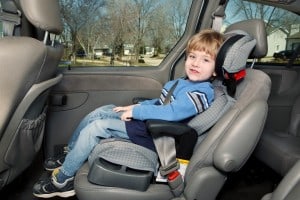
When a child is too large for a special cradle or safety seat, then it is important that they use a booster. There is a very good reason for this – adult seatbelts sit too high on a child’s torso, so if they are thrown forward by inertial forces during a car crash, when momentum can change the weight of a small child into that of a baby elephant, the impact with the belt can cause huge damage to their internal organs. Thus it is incredibly important to make sure that your child sits in a special booster seat so that the seatbelt stretches over the right part of their body, across the lower abdomen and under the ribcage.
Can Children Sit In The Front Seat?
When children are around 12 years in age, or 135cm in height, then they can safely sit in any car seat in a vehicle, provided there is an adequate seat belt. Up till this age it is possible for a child to sit in the front seat of a car if they use the proper booster seat. However, there is one exception to this rule – it is actually illegal to position a booster seat in the front seat of a car that has an air bag fitted. This is because air-bags usually employ a special kind of charge to inflate when the car is involved in an impact. Although this will usually save an adult’s life, the speed of the bag’s inflation – usually around 200mph – can actually severely injure a child.
Leaving Children In The Car
It is important never to leave children in the car, even when you’re just stopping off for a short break. As young minds are naturally inquisitive and playful they may touch or mess around with some of the car’s vital systems, such as the handbrake, which can be incredibly dangerous if you are parked on even the slightest of inclines. It is possible for children to lock you out of your car, or even worse, trap themselves in a sweltering environment on a hot day. There are so many hidden dangers in a car that only take a second to happen it is best never to take any risks.
More Careful Driving
Obviously it’s important to pay due care and attention to the roads and traffic whenever you’re behind the wheel of a car, but when you’ve got children on board there are a few things you can do to make sure that your eyes are never off the road. Always take a passenger with you to read maps or to help you find your route on the satellite navigation system. Avoid drinking or eating whilst behind the wheel, as this can cause a considerable amount of distraction, and refrain from conversation and listening to music – again a passenger is useful to talk to children who are in the back seat of the car in need of stimulation, allowing the driver to keep their focus on the road.
A Final Point
Although some of the measures suggested in this article may seem like a lot of hard work – you may wish to forgo some of these measures as you might only be taking the children down the shops, rather than leaving them home alone. However it is incredibly important to adhere to all of the correct safety measures when you’re travelling with the kids in the car, especially when you consider that the majority of accidents happen within five miles of the home.



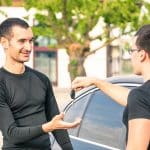
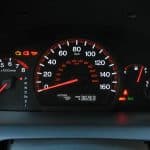
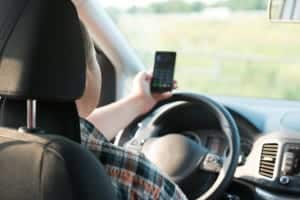
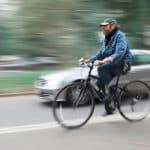
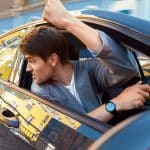
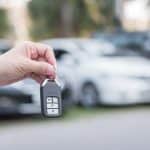
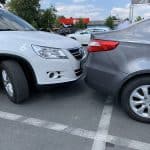
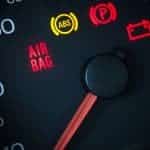

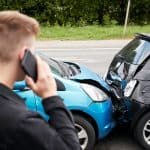
.png)